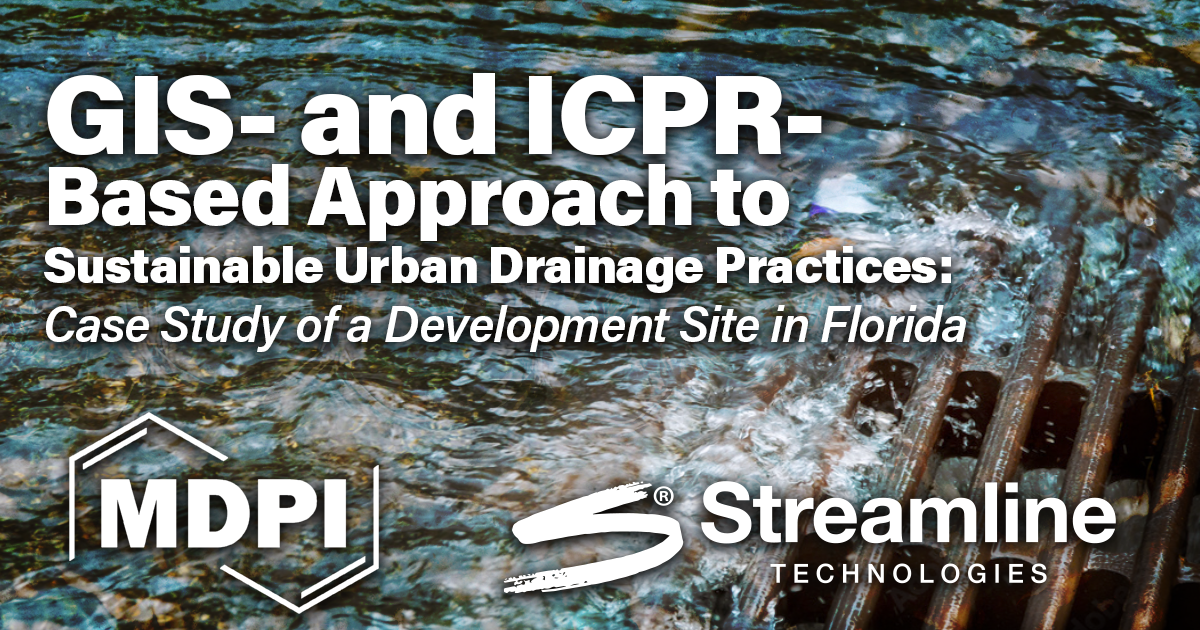by Daniel W. Schroeder, Seneshaw Tsegaye , Thomas L. Singleton, and Kevin K. Albrecht
Authors:
Daniel W. Schroeder:
Emergent Technologies Institute, U.A. Whitaker College of Engineering, Florida Gulf Coast University, 16301 Innovation Lane, Fort Myers, FL 33913, USA
Seneshaw Tsegaye:
Department of Environmental Engineering, Civil Engineering and Construction Management, U.A. Whitaker College of Engineering, Florida Gulf Coast University, 10501 FGCU Blvd. So., Fort Myers, FL 33965, USA
Thomas L. Singleton:
Thomas L. Singleton Consulting, Inc., 285 Taylor Road, Monticello, FL 32344, USA
Kevin K. Albrecht:
Albrecht Engineering Group, Limited Liability Company, Fort Pierce, FL 34979, USA
Publication Date:
Original submission received: 29 September 2021 / Resubmission received: 29 March 2022 / Revised: 21 April 2022 / Accepted: 9 May 2022 / Published: 12 May 2022
Source:
MDPI - Urban Water Management
Abstract:
Stormwater control is an urgent concern in cities where the increased impervious surface has disrupted natural hydrology, particularly causing a reduction in groundwater recharge which is the source of potable water supply for many communities. Water managers are increasingly turning towards infiltration-based stormwater management options (ISMOs) to help minimize flooding and mitigate the impact of urbanization on the local hydrologic systems.
This paper offers a unique hydrologic and hydraulic (H&H) modeling approach using the Geographic Information System (GIS) and Interconnected Pond and Channel Routing (ICPR) software to help quantify the associated flood stage and groundwater recharge benefits of using ISMOs. The proposed approach incorporated ICPR percolation links and utilization of the curve number and Green-Ampt infiltration methods into the case study design, as well as an analysis of the effectiveness of including low-impact development practices.
This analysis shows a 13–36% reduction in stormwater volume leaving the proposed site when percolation links were utilized to account for percolation from the proposed ISMOs. This reduction provides an indirect estimate of groundwater recharge benefits. The conversion from impervious parking to a pervious one and inclusion of rainwater harvesting from the roof area resulted in a further reduction in peak stages ranging from 1.20 to 7.62 cm.
TAGS
Publications